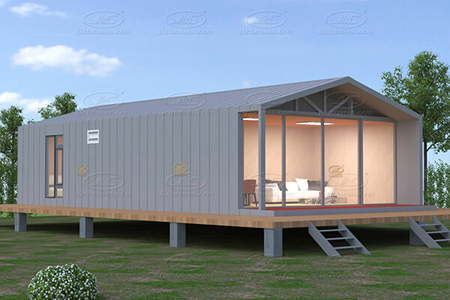Do you deliver in Tuguegarao City? Please let me know. I am very much interested in building one.



Do you deliver in Tuguegarao City? Please let me know. I am very much interested in building one.
Hi my colleague Mayer will get back to you by email
Your email address will not be published. Required fields are marked *
Hello,
– Quotation re: 4 variants of container house;
– Delivery Time to Tanauan City, Batangas, Philippines (less than 1km. away from Star Tollway Exit in Tanauan.
Here is my email: richardc1978@yahoo.com
Highly appreciate your immediate response.
Thanks!
Richard
Hi Richard, our sales rep will reach out soon!